This post may contain affiliate links. If you make a purchase by clicking on these links, I may earn a small commission at no extra cost to you. Read the disclaimer for more information.
Walking through the forest of Chitwan National Park in Southern Nepal was beautiful, and I managed to avoid getting eaten by any tigers. The cool, misty morning air had now given way to the warmth of the day, and as the sun shined down upon us through the leaves of the trees, we soon emerged from the forest at the park’s Elephant Breeding Centre.
I was excited about seeing some baby elephants and finding out what the park is doing to protect these endangered animals, however I was sceptical. Elephants are one of my favourite animals, I find them fascinating and intelligent, and I have a huge amount of respect for them, however I have heard all the stories in the world about how badly these incredible creatures are often treated, particularly in poorer nations that simply can’t afford to take care of them properly. I was hoping that an elephant breeding centre in a National Park would be a lot different from the elephant camps that most of those stories come from.
The first thing that I noticed when I began walking into the centre were elephants being exercised by their mahouts. This was a positive first site, as I was afraid of seeing them chained up in a tiny enclosure. The mahouts were riding on the elephant’s heads, and moving off in different directions into the park, apparently going for their morning exercise. Our guide told us that this happens twice a day and includes different activities and swims in the river.
When the elephants aren’t out participating in their activities, they are kept in open shelters that are basically just a roof to keep the rain off of them. There are no bars or fences, but unfortunately they do have to keep a chain around one of their feet to stop them wandering off. It’s not something that I wanted to see, however I could understand as the guide explained that they want to build a proper fenced enclosure for them to be free in, but simply lack the funding.
The baby elephants didn’t have any chains around their feet, as they would never wander far from their mothers. The keepers begin putting chains around their feet when they reach a certain age to begin getting them used to it for when they are older. This particular mother in the photo above seemed to be quite content, and she had two young twins, only a few months old, and one older calf from her previous birth. They wandered around freely, the two young ones staying very close to their mother while the older one was a bit more adventurous and curious to check us out.
Further along I came across one particularly adventurous baby who was happily playing with a stick (which was more of a branch to me). As I stood and watched him playing with this stick, he seemed to decide that I should join in the fun. Before I knew it I was having a great game of “tug of war” with him, and he would pass one end of the stick to me to tug on while he yanked it out of my hands, before passing it back to me again. This went on for about ten minutes before he got bored and wandered off to see what else he could get up to.
I was amazed and my love and respect for these incredible creatures had only grown. I was so enthralled that I hadn’t even noticed that the rest of the group were all waiting for me to join them so that we could leave.
I hurried back to them and we made our way to the river, where we were ferried across in another dugout canoe, and got back in our jeep to continue on our journey.
Reflecting on my experience at the Elephant Breeding Centre of Chitwan National Park, Nepal, I honestly believe that they do care about the elephants and their welfare. Unfortunately for a country as poor as Nepal, there is very little funding to go to these places, and things like chains around the elephants feet will remain until they can get enough money to build a proper enclosure. Apart from the chains, I was fairly satisfied that the elephants health is taken care of. They are well fed and get regular exercise that include activities to keep these intelligent creatures entertained.
It is one of those things that I have two minds about. These breeding centres need to exist to try and save these endangered animals, however it is definitely hard to see an amazing animal with a chain around it’s foot. If they had more money the centre could be an excellent facility for elephant conservation. One question that I didn’t get to ask was what they do as far as releasing elephants into the wild.
Another thing that I would like to note is that this breeding centre was much different, and a huge improvement on the elephant camp that I recently visited in Thailand.
Have you been to any elephant sanctuaries, breeding centres or camps? What was your experience like and what do you think about these places?



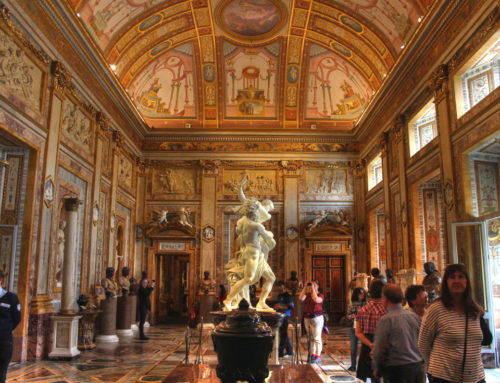
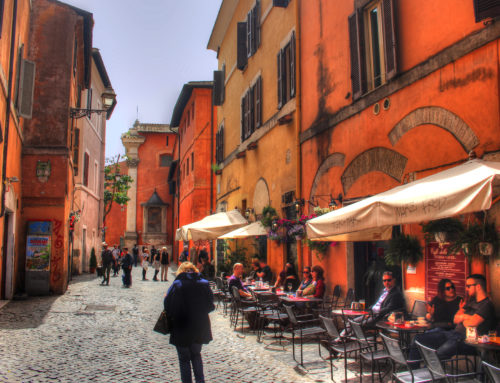
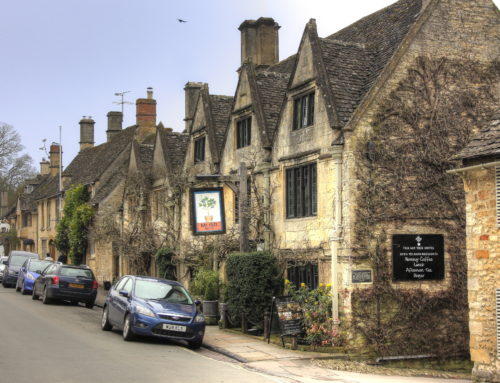
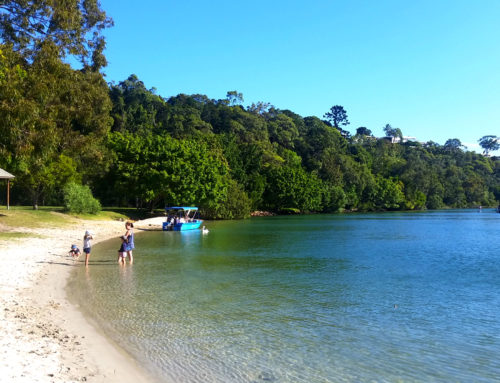
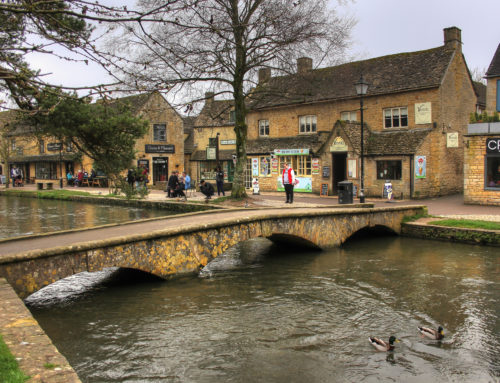
I think elephants are wonderful creatures, too. I love that they can literally keep huge maps in their heads of watering holes and trails to get to them. I think their social structure and family nature is fascinating, as well. I’ve always wanted to spend some time around elephants and ride one but recently, I read an article about how you should never ride one because it’s bad for them. There is a “breaking” period which is painful for the elephant and riding them is bad for their backs. I don’t know much about it really but I was saddened to hear it. Have you ever ridden an elephant?
Maggie recently posted..Oh, the Places You’ll Go! – Burning Man Edition
Hi Maggie, I have ridden an elephant twice. Once in Nepal and once in Thailand, and I’ll never do it again. It just doesn’t sit right with me. I’ve heard all of the stories as well, and I have no idea how bad it is for the elephants, but on my last trip in Thailand the mahout smacked the elephant really hard on the head constantly, and it was horrible.
The best experience I had was bathing with the elephants in Nepal, they absolutely love the water! Cheers 🙂
Dean Wickham recently posted..Photo of the week: Rowers on the Mekong River at Sunset in Vientiane, Laos
You can read about sanctuaries around the world that do not have riding and let the elephants just be elephants http://www.facebook.com/elephants.sanctuary http://www.facebook.com/elephantloverspage http://www.facebook.com/saveallelephants
[…] by WP Greet Box WordPress PluginDigg DiggMy love for elephants had only increased after playing with the baby at the Elephant Breeding Centre in Chitwan National Park, Nepal, and when I was told that I could go and watch the elephants going […]
[…] I finally got to do just that when I was in Nepal in 2009, and I had an incredible experience playing with a baby elephant at the breeding centre, and then bathing with the elephants in a river at Chitwan National […]
[…] 3 Month Breastfeeding UpdateThe many benefits of breastfeeding seriesWhat is Breastfeeding DietPlaying With Baby Elephants In Chitwan National Park, Nepal […]